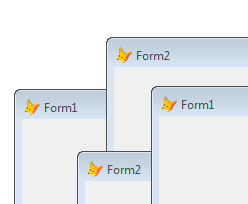i used this to call any form
do form c:\folder\form.scx
and to pass a value:
form.text1.value= "value"
but since form.scx is a parent formset, im getting the error: "object form is not found."
in this line: form.text1.value= "value"
i think im missing something here..
do form c:\folder\form.scx
and to pass a value:
form.text1.value= "value"
but since form.scx is a parent formset, im getting the error: "object form is not found."
in this line: form.text1.value= "value"
i think im missing something here..

![[hammer] [hammer] [hammer]](/data/assets/smilies/hammer.gif)

